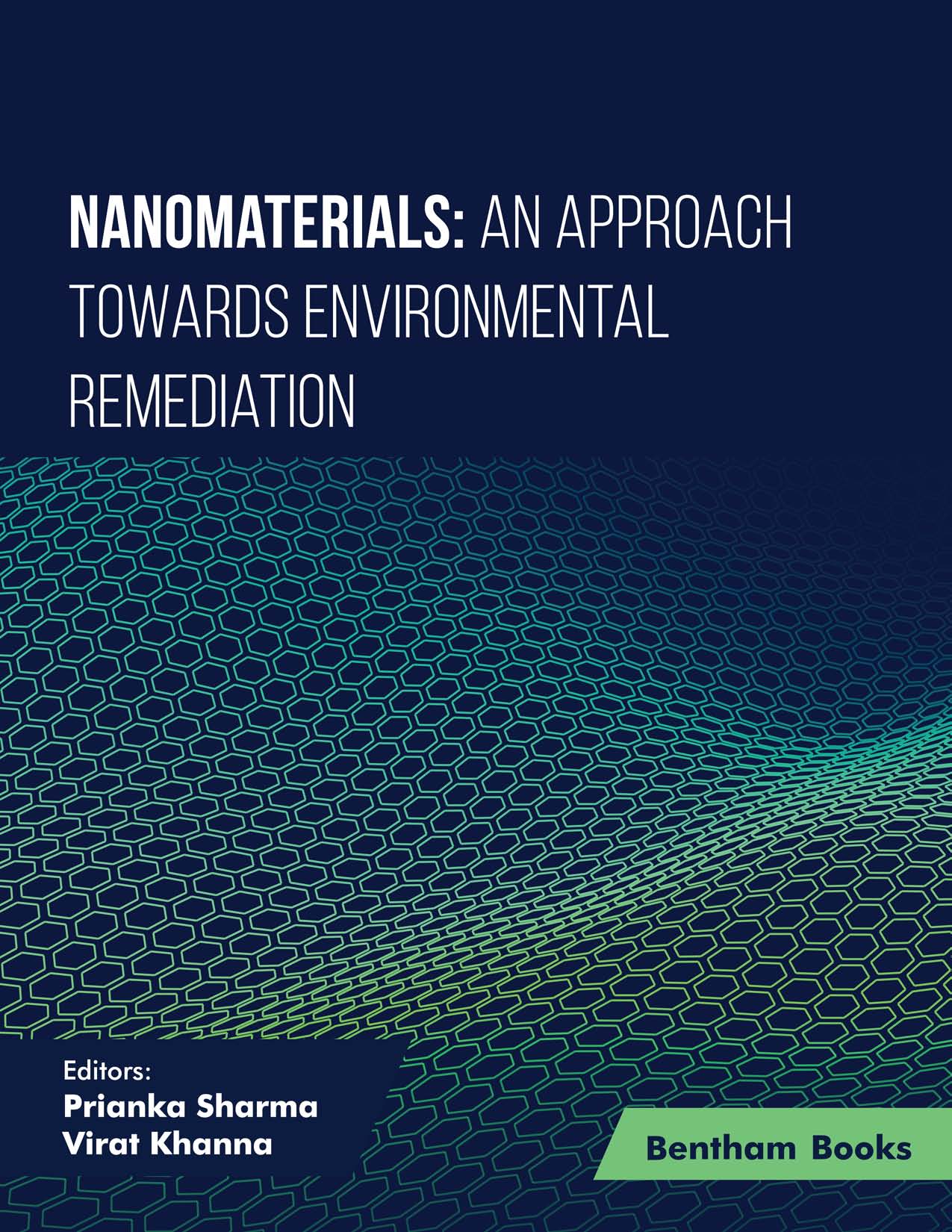Introduction
This book explains various methods needed to overcome the challenges faced during environmental remediation with a focus on nanotechnology. The book comprises ten edited chapters that aim to inform and educate readers about recent technologies that are beneficial for pollution control.
Starting with an introduction to environmental remediation, the book covers innovative nanomaterials including spinel nanoferrites, carbonaceous quantum dots, carbon nanotubes and nanobioadsorbents. In addition to highlighting the environmental benefits of these materials, the book includes chapters on the potential of nanotechnology for harnessing the environment to generate energy through nanogenerators and piezoelectric energy harvesting devices.
Key features of the book include notes on fundamental issues and challenges regarding environmental remediation, easy to read content with pictorial illustrations and scholarly references for each chapter. The book is an informative resource for students and academicians in science, technology and environmental science discipline.
Readership
Students and academicians in science, technology and environmental science discipline.

